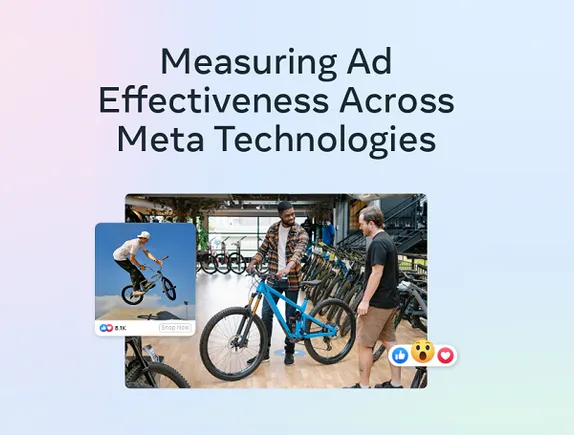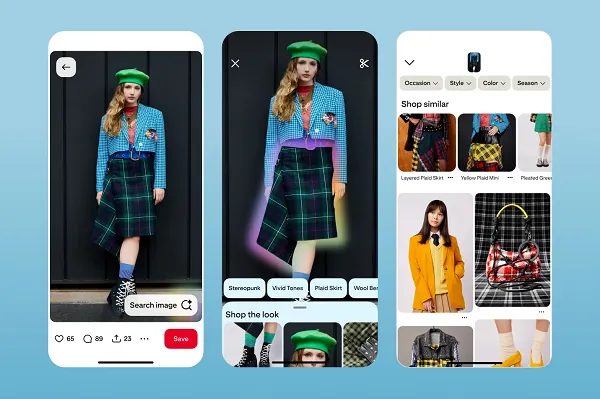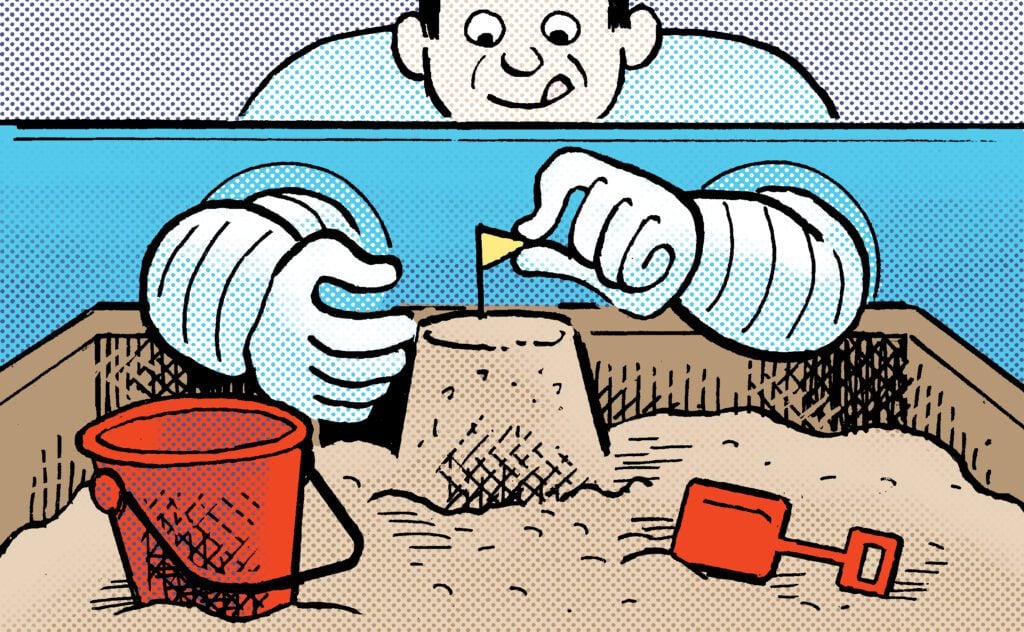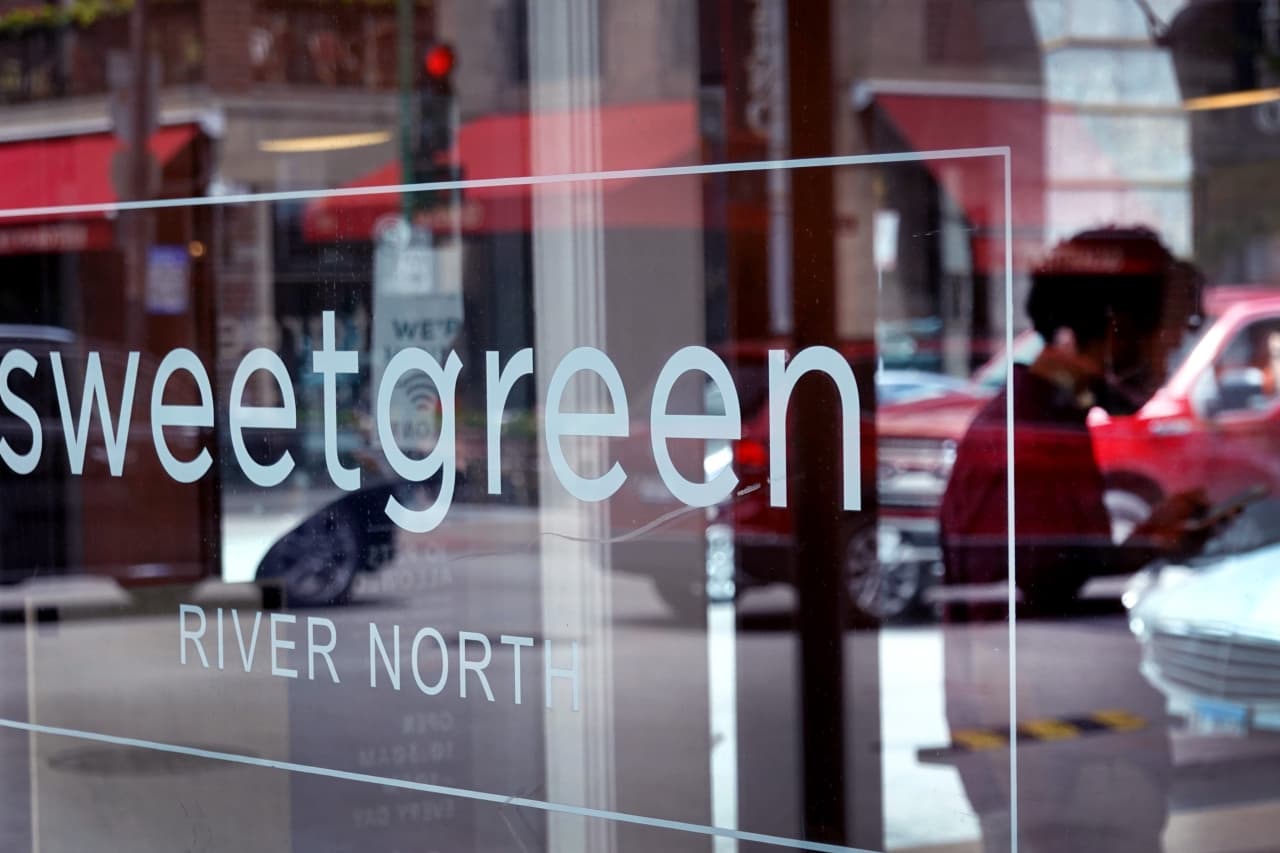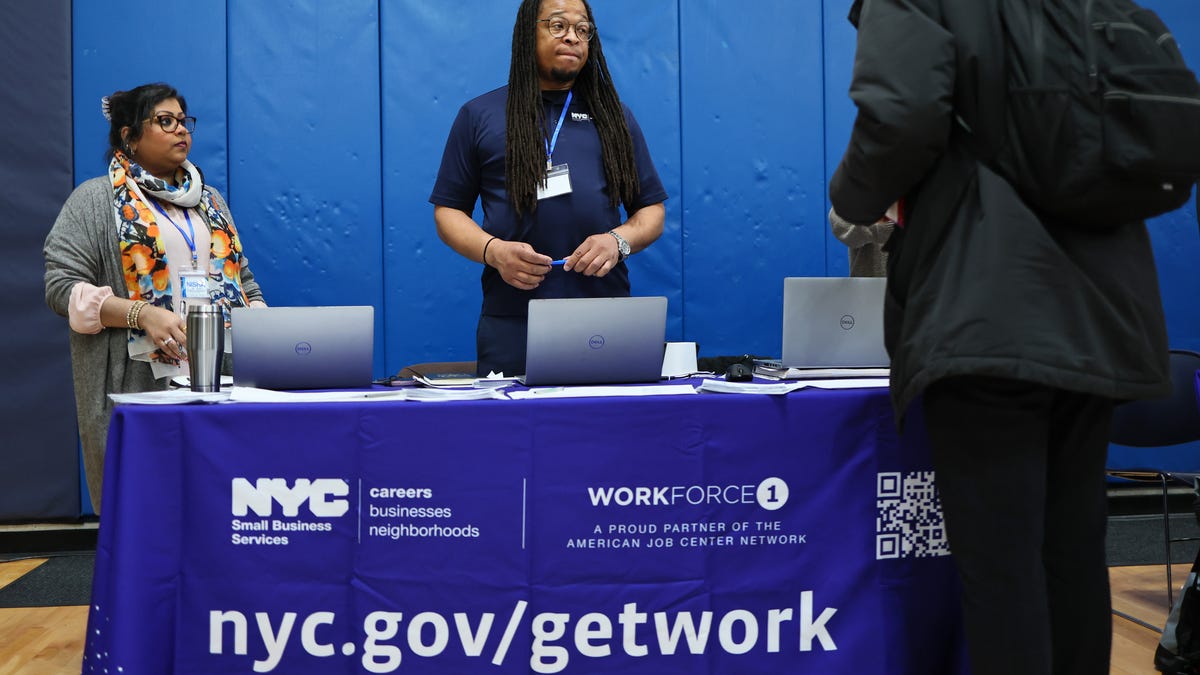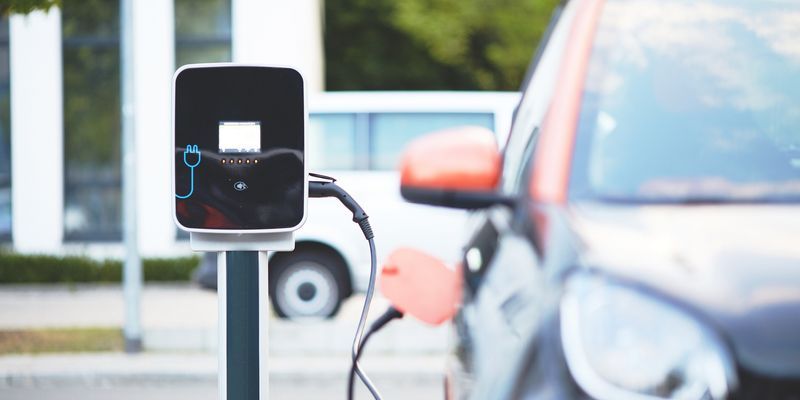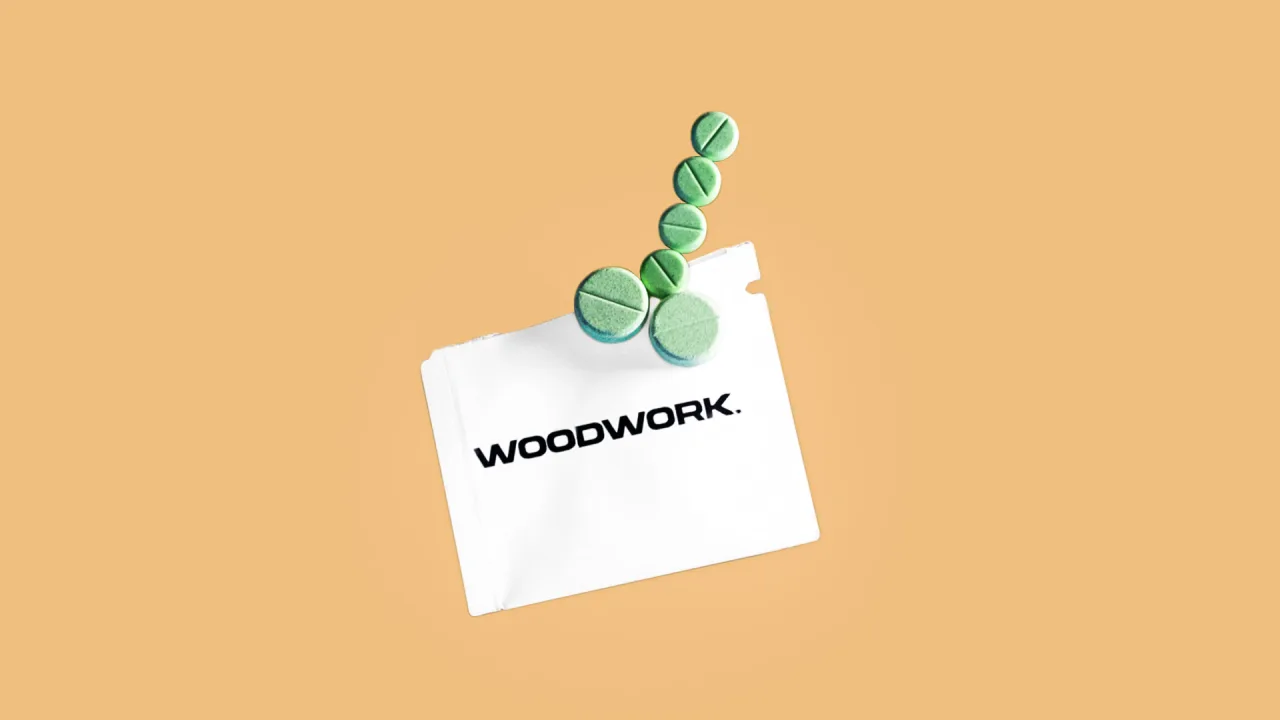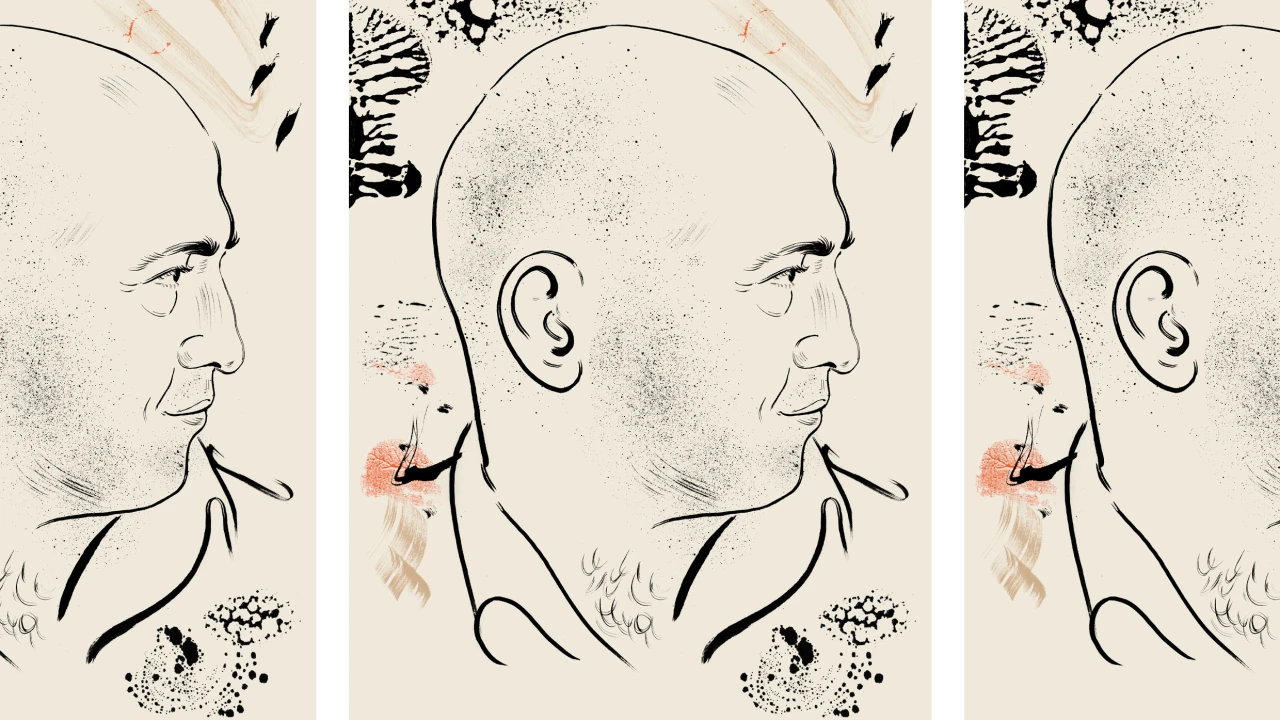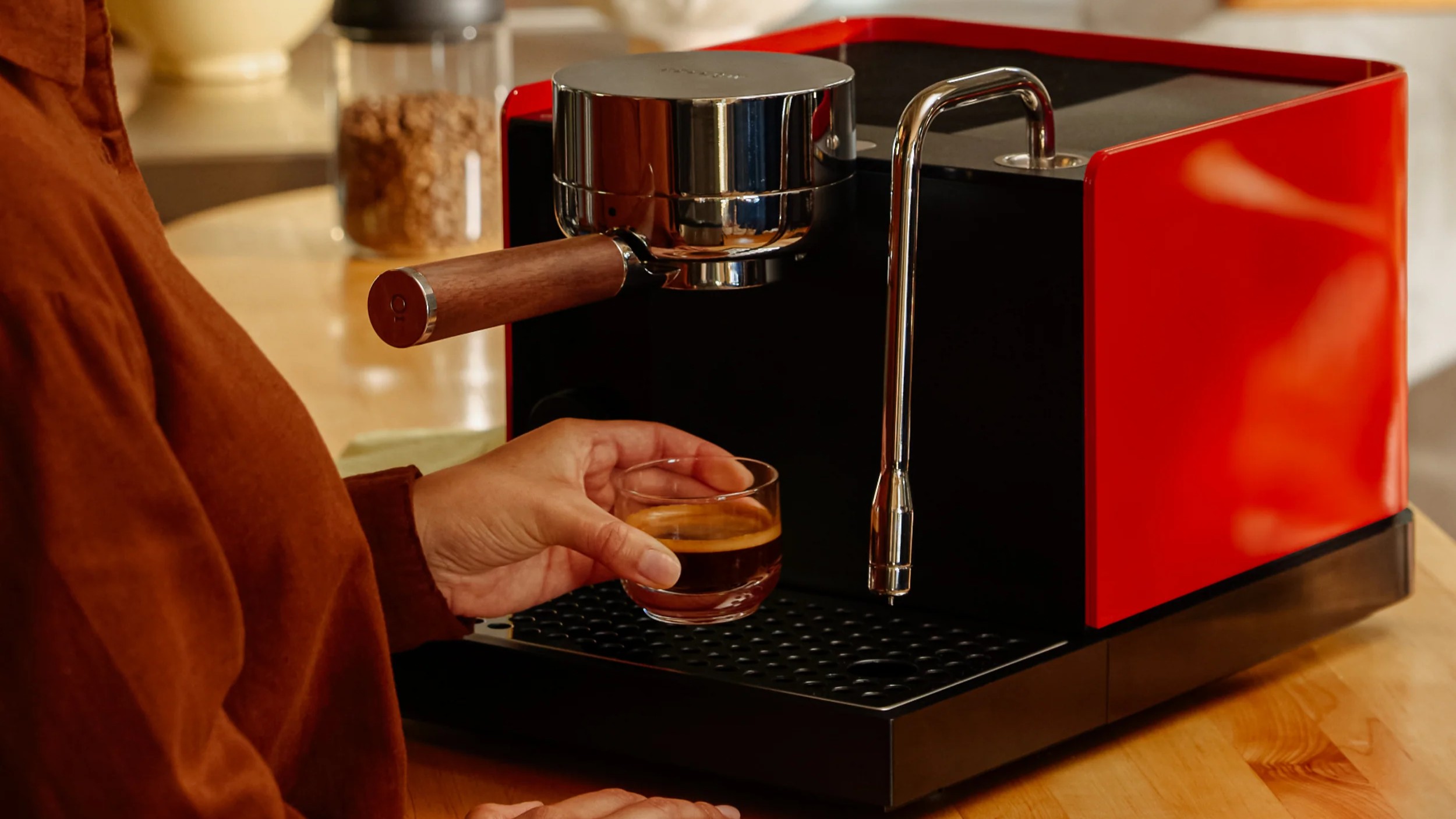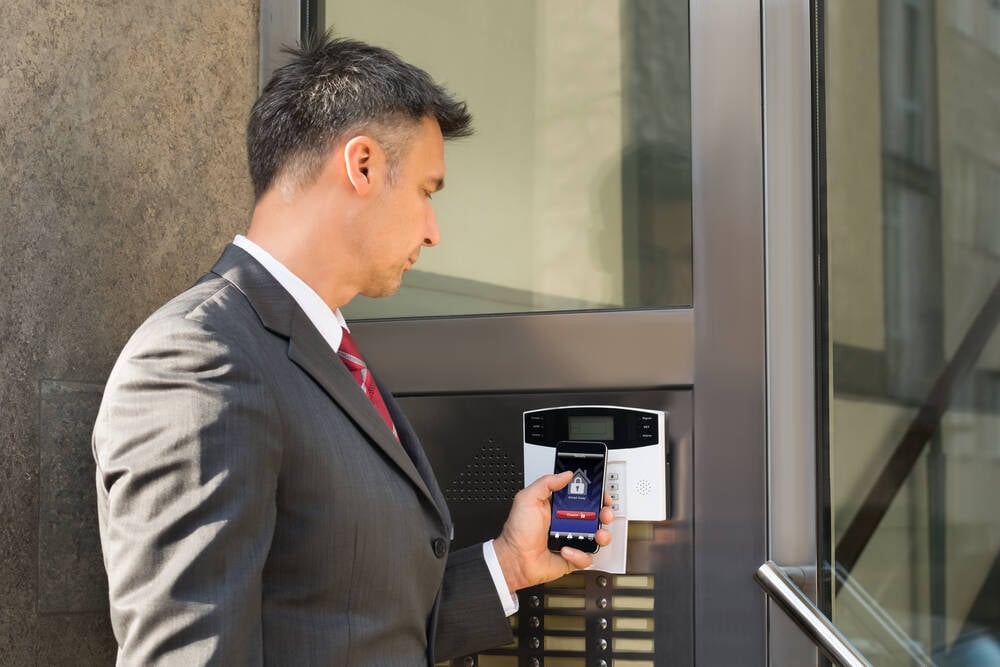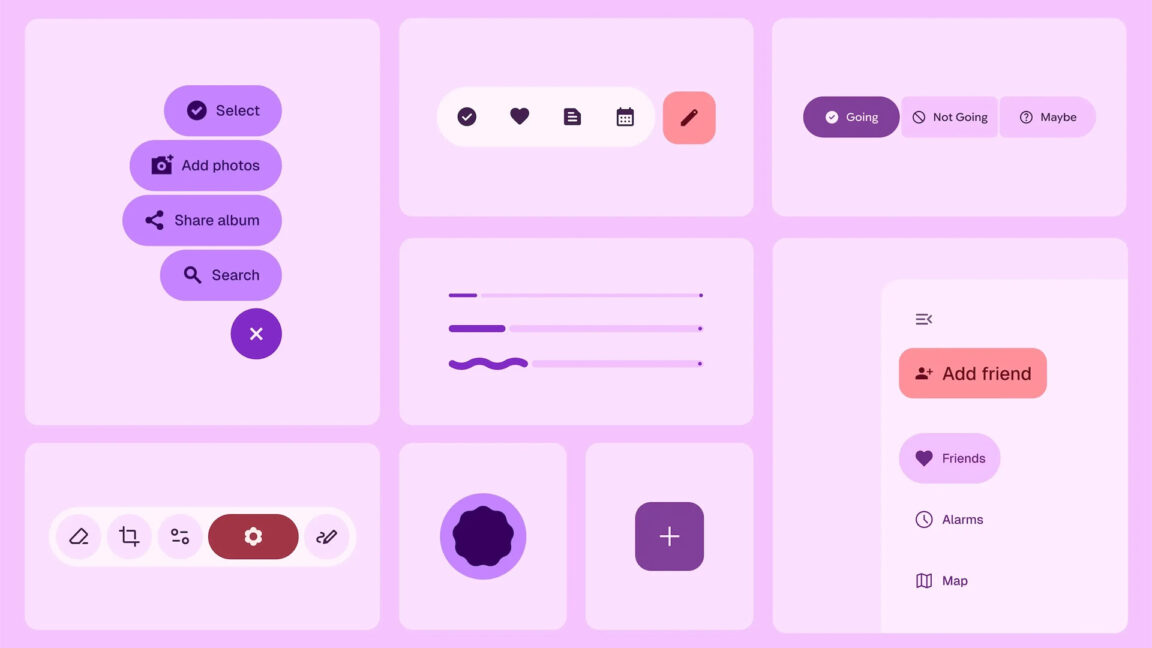Bigger fonts and no trucks: How Lyft designed its new app for older riders
Getting older can be a time when declining vision, hearing, and cognitive abilities may mean it’s no longer safe to drive. It may even lead to giving up your driver’s license. In theory, those who age out of driving should be perfect new customers for ride-sharing apps. And yet, Lyft says only 5.6% of its U.S. riders are older than 65. The company sensed a disconnect. The app wasn’t meeting older riders’ needs, and it needed a redesign. Lyft Silver, now available nationwide, is designed specifically for older users, with a font that’s 1.4 times bigger than the standard app, and a simple interface. [Image: Lyft] “Developing Lyft Silver was truly a labor of care and intention,” Audrey Liu, Lyft’s EVP of rider experience, tells Fast Company via email. “We started by listening—really listening—to the experiences and needs of older adults. We spoke with riders, caregivers, and organizations that serve this community to understand the specific challenges they face with transportation. Things like navigating complex apps, feeling unsure about who their driver will be, or needing a little extra time and assistance.” The new design represents a collaboration among experts on aging, as well as partners like AltaMed, Urban League, Self Help for the Elderly, and others. The specialized app leans on Lyft’s findings about how its older customers actually use the service, like matching riders with more accessible vehicles that are easier to get in and out of since Lyft data showed older adults were twice as likely to cancel rides when they got matched with a pickup truck. And because Lyft found older adults are 57% more likely to not show up for their rides, the app has a “Get Help” button that connects riders to a live agent during work hours. Lyft Silver profiles also have trusted contacts, so ride details can be shared with family and caregivers. [Image: Lyft] “Personally, thinking about my own mom and aunt, and the desire I have for them to move through their day with ease and independence, was a huge motivator,” Liu says. “We focused on building features that directly address those paint points: things like a simpler app interface with larger buttons and clearer instructions, the option for drivers who have indicated a preference for assisting older riders, and a longer wait time to enter and exit the vehicle without feeling rushed. It was about creating a service that feels less transactional and more supportive, fostering a sense of comfort and trust.” It’s simple by design, and by basing the app on the needs and experiences of its actual users, Lyft Silver shows how tech companies can better adapt their services to an aging population.
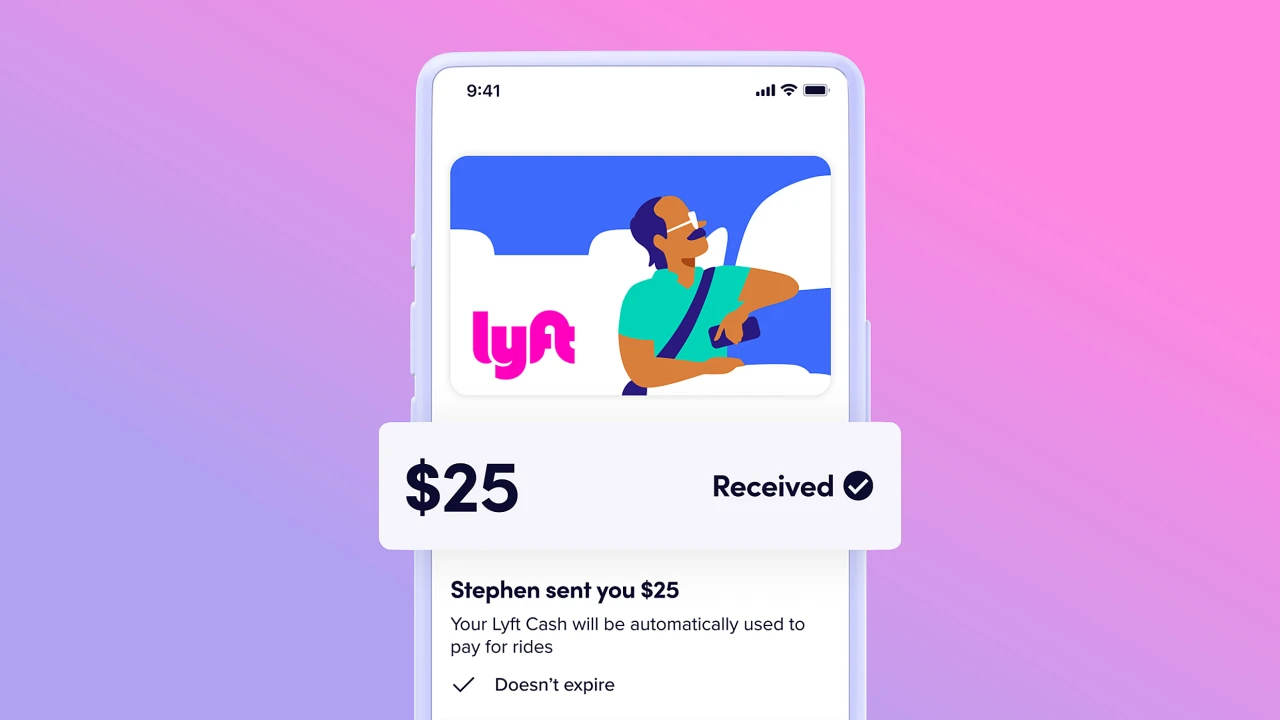
Getting older can be a time when declining vision, hearing, and cognitive abilities may mean it’s no longer safe to drive. It may even lead to giving up your driver’s license. In theory, those who age out of driving should be perfect new customers for ride-sharing apps. And yet, Lyft says only 5.6% of its U.S. riders are older than 65. The company sensed a disconnect. The app wasn’t meeting older riders’ needs, and it needed a redesign.
Lyft Silver, now available nationwide, is designed specifically for older users, with a font that’s 1.4 times bigger than the standard app, and a simple interface.
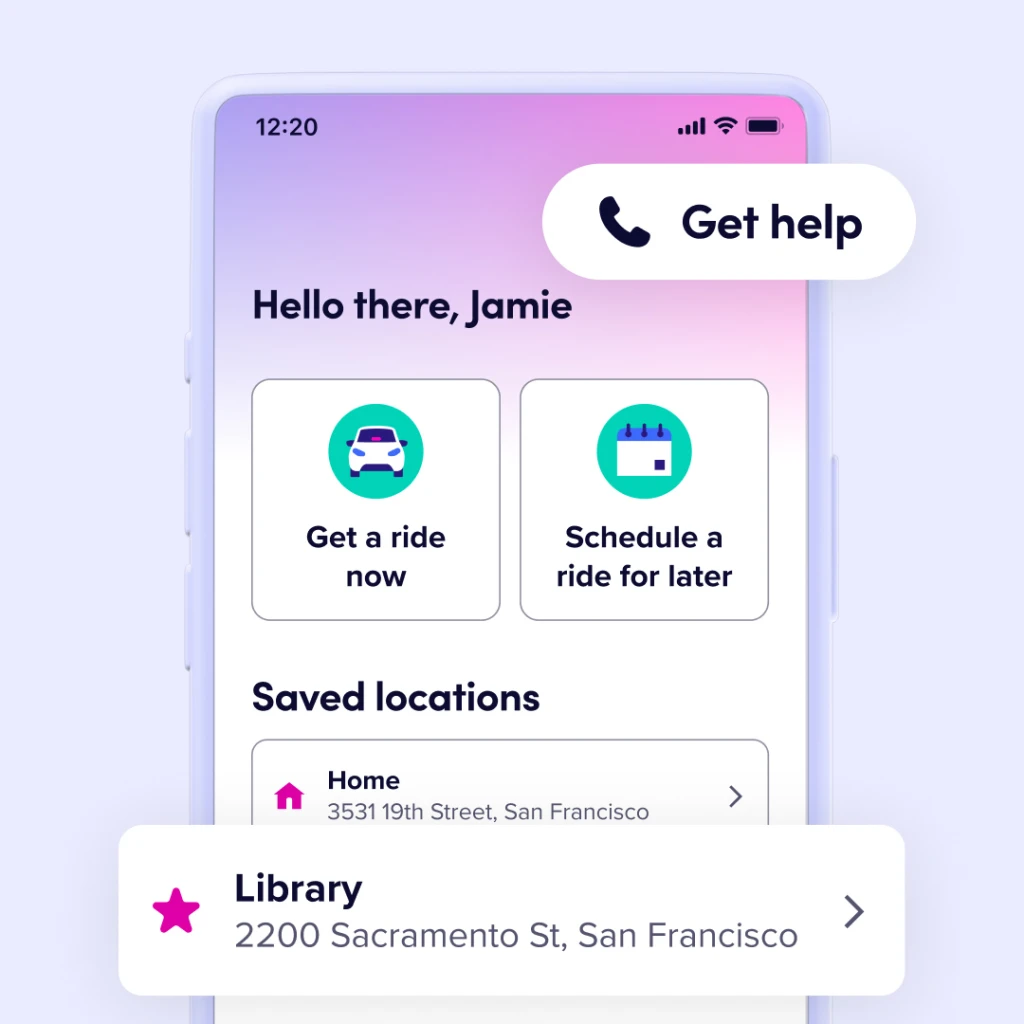
“Developing Lyft Silver was truly a labor of care and intention,” Audrey Liu, Lyft’s EVP of rider experience, tells Fast Company via email. “We started by listening—really listening—to the experiences and needs of older adults. We spoke with riders, caregivers, and organizations that serve this community to understand the specific challenges they face with transportation. Things like navigating complex apps, feeling unsure about who their driver will be, or needing a little extra time and assistance.”
The new design represents a collaboration among experts on aging, as well as partners like AltaMed, Urban League, Self Help for the Elderly, and others. The specialized app leans on Lyft’s findings about how its older customers actually use the service, like matching riders with more accessible vehicles that are easier to get in and out of since Lyft data showed older adults were twice as likely to cancel rides when they got matched with a pickup truck. And because Lyft found older adults are 57% more likely to not show up for their rides, the app has a “Get Help” button that connects riders to a live agent during work hours. Lyft Silver profiles also have trusted contacts, so ride details can be shared with family and caregivers.

“Personally, thinking about my own mom and aunt, and the desire I have for them to move through their day with ease and independence, was a huge motivator,” Liu says. “We focused on building features that directly address those paint points: things like a simpler app interface with larger buttons and clearer instructions, the option for drivers who have indicated a preference for assisting older riders, and a longer wait time to enter and exit the vehicle without feeling rushed. It was about creating a service that feels less transactional and more supportive, fostering a sense of comfort and trust.”
It’s simple by design, and by basing the app on the needs and experiences of its actual users, Lyft Silver shows how tech companies can better adapt their services to an aging population.




